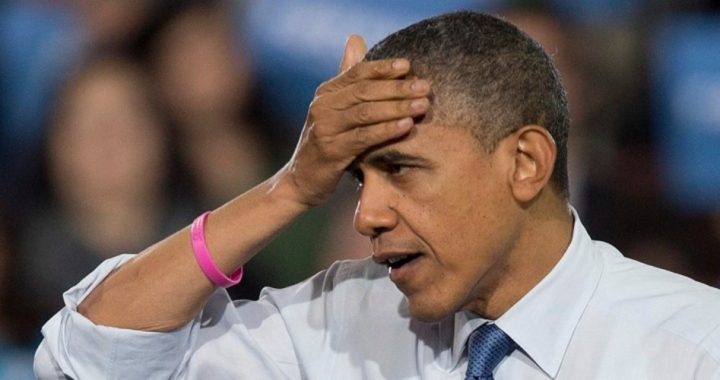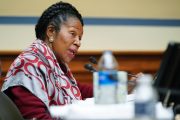
During the October 22 presidential debate, President Barack Obama touted his administration’s initiatives to assist veterans in finding jobs upon their return to civilian life. “As a consequence” of these initiatives, he declared, “veterans’ unemployment is actually now lower than the general population. It was higher when I came into office.”
According to Craig Bannister of CNSNews.com, the president was only half right; and even then, the underlying statistics paint a more complex — and less favorable — portrait of veterans’ unemployment than Obama did.
As U.S. Bureau of Labor Statistics (BLS) data show, Obama was clearly wrong to state that the unemployment rate among veterans was higher than that among the general population when he assumed the presidency. Observes Bannister: “At 7.4%, the unemployment rate for all veterans was actually LOWER than that of both the ‘general population’ (7.8%) and non-veterans (8.4%) when Obama took office in January of 2009.”
On the other hand, Obama was correct when he asserted that the veteran unemployment rate is currently lower than that of the general population. As of September 2012 the unemployment rate for the general population was 7.8 percent, the same as when Obama took office; but the rate for veterans had fallen to 6.7 percent. However, the main reason for this drop was not that more veterans were finding jobs but that “1,502,000 older veterans dropped out of the labor force, reducing the unemployment rate for WWII/Korea/Vietnam era veterans from 7.2% to 5.3%,” Bannister notes.
In other words, if we don’t count all those veterans who have quit looking for work, it does indeed appear that veteran unemployment has improved over the last four years. By the same token, if every adult American simply stopped working, the official unemployment rate for the general population would drop to zero, yet no one would believe that such a statistic reflected an improved economy. (The BLS does publish statistics showing the “real,” or U-6, unemployment rate, including all adults who are unemployed, underemployed, too discouraged to look for work, or “marginally attached” to the workforce. September’s U-6 was 14.7 percent, nearly double the more publicized rate, which suggests that whatever recovery is taking place under Obama is considerably less than robust.)
Although many veterans have stopped seeking employment because of age, younger ones are not exactly being hired in droves. Veterans from the Gulf War I era (i.e., early 1990s) have seen their unemployment rate increase from 5.9 percent to 6.6 percent, and unemployment among veterans from the Gulf War II era (i.e., the 2000s) has gone from 8.9 percent to 9.7 percent. “Workforce participation has declined for all veterans (52.3% vs. 55.5%), as well as in each of the veteran groups,” writes Bannister, and “the number of unemployed Gulf War era veterans has risen since Obama took office, increasing 67,000 (from 135,000 to 202,000) for Gulf War II veterans and 14,000 (152,000 to 166,000) for Gulf War I veterans.”
In short, while Obama wasn’t lying when he stated that the veteran unemployment rate has fallen below that of the general population on his watch, that single, highly misleading statistic masks some significant, troubling issues with veterans’ job prospects both now and — as more return from Afghanistan — in the years to come.
Photo of President Barack Obama: AP Images



